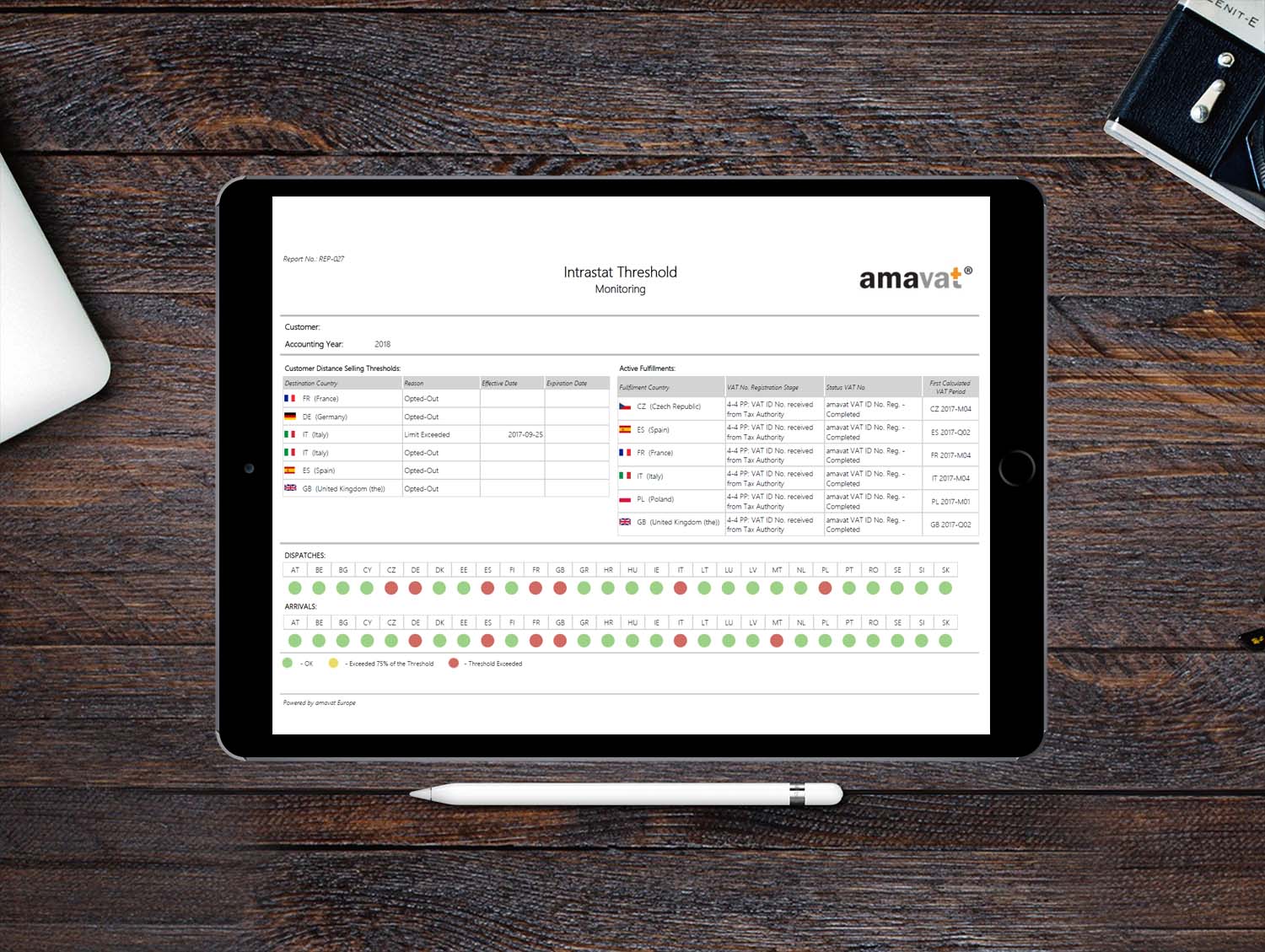How it works?
Search
Need help?
Speak to a Customer Relations Consultant for Online Sellers. An expert will respond shortly.

Dominika
Account
Manager
Customer Relations Consultant for Online Sellers for new customers
Customer Relations Consultant for Online Sellers for new customers



Phone: +48 71 388 13 54
Mobile:
+48 608 34 32 32
Phone: +49 151 46107772
Contact: Send email
amavat Sp. z o.o.
ul. Zwycięska 45
53-033 Wrocław
53-033 Wrocław

